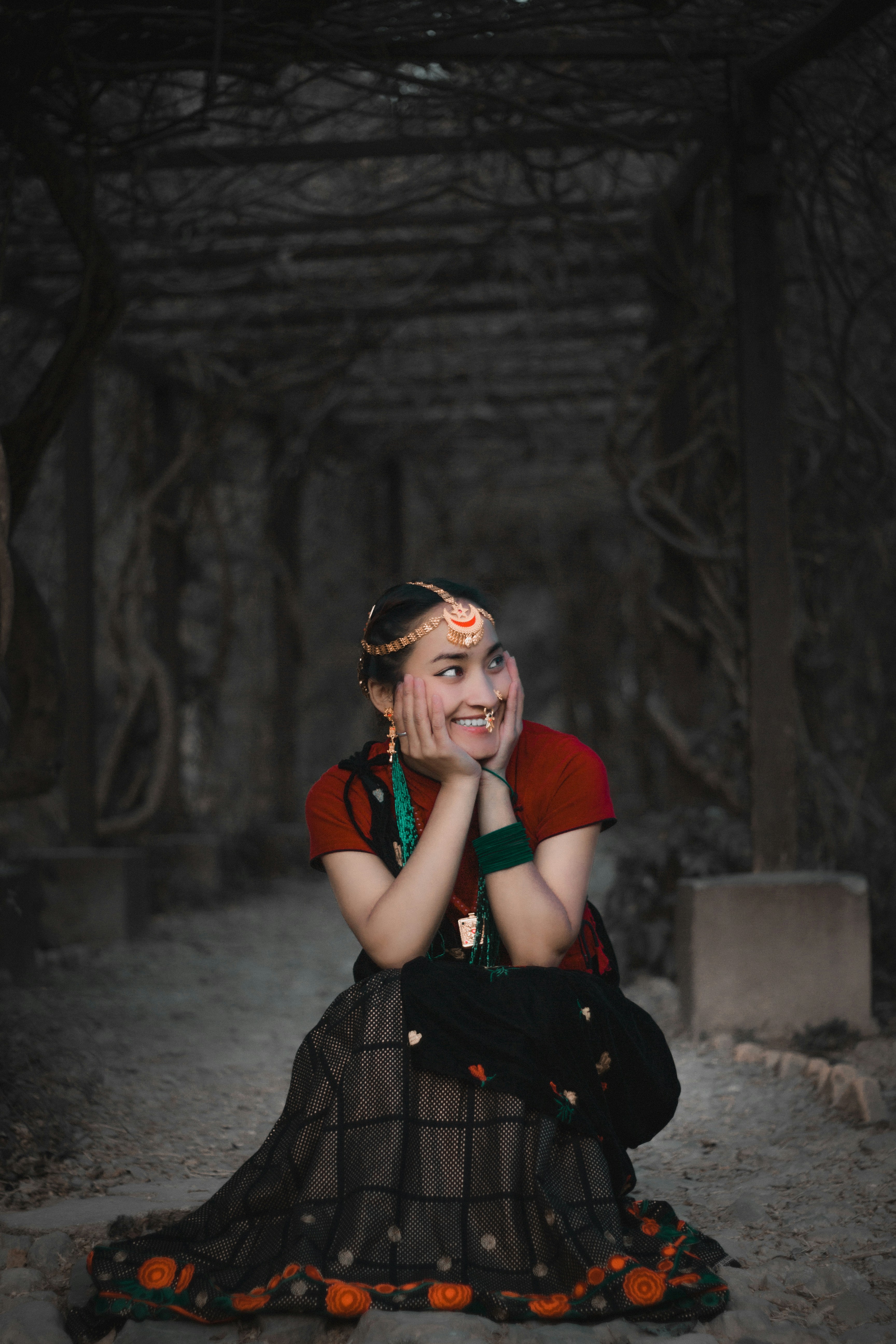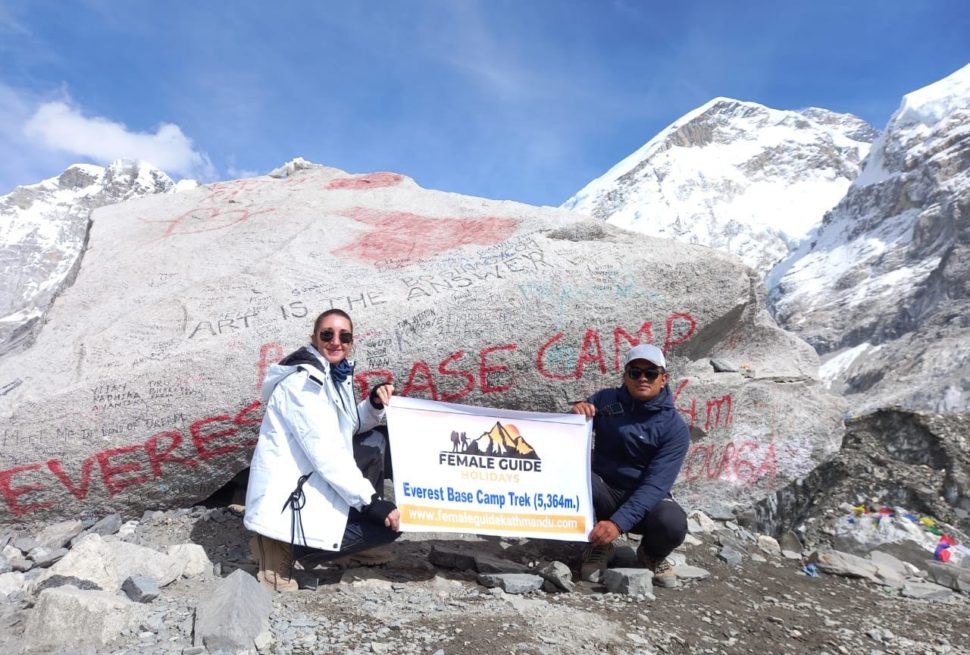Dress Code for Nepal’s Temples: Welcome to Female Guide Holiday, your expert companion in uncovering the hidden gems and cultural wonders of Nepal! As you prepare to delve into the spiritual and historical richness of this enchanting country, understanding the local customs, especially the dress code for temples, is crucial. This guide is designed to help you navigate the respectful attire expected at Nepalese temples, ensuring a culturally sensitive and immersive experience.
Understanding the Cultural Context
Nepal, a land of diverse landscapes and profound spirituality, is home to a vibrant tapestry of Hindu and Buddhist traditions. Temples and sacred sites throughout Nepal are not only historical landmarks but also active places of worship and meditation. To honor these sacred spaces and their significance, it’s important to adhere to the respectful dress code when visiting.
Dress Code for Nepal’s Temples Guidelines
Modesty is Key
In Nepalese temples, modesty is a fundamental aspect of attire. Both men and women are expected to dress conservatively. Here’s a detailed breakdown to guide you:
Women: Choose clothing that covers your shoulders, arms, and knees. Long skirts or trousers paired with tops with sleeves are ideal. Avoid tops with plunging necklines. A scarf or shawl can be a practical accessory for covering your shoulders if needed, especially in temples where additional coverage may be requested.
Men: Opt for long trousers and shirts with sleeves. Avoid wearing shorts or sleeveless shirts. Long-sleeve shirts and full-length pants demonstrate respect for the sacred nature of these sites.
Footwear Etiquette
Footwear is not permitted inside temple premises. It’s customary to remove your shoes before entering. To make this process smooth:
Wear Easy-to-Remove Shoes: Slip-on sandals or shoes with easily removable straps are a practical choice.
Carry Clean Socks: If walking barefoot is uncomfortable, consider carrying a pair of clean socks. This will keep your feet protected and clean as you move around temple grounds.
Avoiding Bright Colors and Flashy Accessories
While Nepalese temples are often adorned with vibrant colors, visitors should choose attire that is understated and respectful:
Opt for Subdued Colors: Neutral tones and softer colors are preferable. Bright and flashy clothing or accessories can be seen as inappropriate or distracting in the serene temple environment.
Keep Jewelry Minimal: Avoid wearing heavy or elaborate jewelry. Simple and modest pieces are more suitable and align with the temple’s respectful atmosphere.
Headwear and Head Coverings
Headwear and sunglasses should generally be removed before entering temple areas:
Remove Hats and Sunglasses: Most temples require that you remove these items upon entry. This gesture shows respect and allows for a more immersive spiritual experience.
Head Coverings for Women: In many Buddhist temples, covering your head with a scarf or shawl is appreciated. This practice is not only a sign of respect but also aligns with traditional customs.
Respecting Local Customs
Each temple may have its own specific dress codes or additional customs:
Follow Temple Guidelines: Always adhere to any additional instructions posted at temple entrances. These guidelines are designed to ensure a respectful visit.
Observe Local Practices: If you’re unsure about what to wear, observe the attire of local worshippers and follow their example. They will often provide cues on what is considered appropriate.
Essential Tips for Visiting Temples in Nepal
When visiting the sacred temples of Nepal, adhering to local customs and being mindful of certain practices can significantly enhance your experience. Here are some crucial tips to help you navigate temple visits with respect and ease:
Carry a Versatile Scarf or Shawl
A versatile scarf or shawl is a must-have accessory for any temple visit in Nepal. This simple yet essential item can serve multiple purposes:
Cover Your Shoulders: Many temples require visitors to cover their shoulders. A scarf or shawl is an easy way to comply with this dress code, especially if you’re wearing a sleeveless top or dress.
Head Covering: In certain Buddhist temples, covering your head is considered respectful. Having a scarf or shawl handy allows you to adapt to the specific customs of each temple.
Comfort and Practicality: Beyond its traditional uses, a scarf can also provide added comfort, protecting you from the sun or chill while exploring temple grounds. By carrying a versatile scarf or shawl, you ensure that you are prepared for various temple requirements, showing respect and attentiveness to local traditions.
Opt for Comfortable Footwear
Footwear etiquette is an important aspect of visiting temples in Nepal:
Choose Sandals or Slip-Ons:
For convenience when removing and putting on your shoes, opt for sandals or slip-ons. This practical choice minimizes hassle and speeds up your entry and exit at temple entrances.
Consider Clean Socks: If you’re uncomfortable walking barefoot, carry a pair of clean socks. This allows you to maintain hygiene and comfort while adhering to the temple’s no-shoes policy.
Footwear Storage: Many temples have designated areas for leaving your shoes. Ensure your footwear is easy to store and retrieve, making your visit smoother and more enjoyable.Comfortable and practical footwear ensures a hassle-free temple visit, allowing you to focus on the spiritual and cultural experiences that await.
Be Mindful of Photography
Respecting photography rules is crucial in maintaining the sanctity of Nepal’s sacred sites:
Seek Permission: Always ask for permission before taking photographs inside temples. Many temples have restrictions on photography to preserve their spiritual atmosphere and to protect the privacy of worshippers.
Observe Signage: Pay attention to any signs indicating photography rules. Some areas may allow photography while others may prohibit it entirely. Adhering to these guidelines is essential for respecting local customs.
Respect the Sacred Space: Even if photography is allowed, be discreet and respectful. Avoid using flash, which can be disruptive, and always be considerate of other visitors and worshippers.
Being mindful of photography etiquette helps preserve the spiritual integrity of Nepal’s temples and ensures that all visitors can enjoy a peaceful and respectful environment.
Important Note:
Your safety is of paramount importance to us at the Female Guide Holiday. We have the absolute authority to cancel the trip or change the itinerary, when deemed necessary or when we have reason to believe your safety is at stake. Weather conditions, the health condition of a group member, natural disasters, and such, can contribute to changes in the itinerary when traveling in remote mountainous regions. In these extreme situations, we kindly request that you offer your full cooperation to the trusted leader of the group appointed by the Female Guide Holiday. However, we assure you that we will make every effort to keep to the above itinerary.
Dress Code for Nepal’s Temples Conclusion
By following these essential tips, you can ensure a respectful and enriching experience during your visits to Nepal’s temples. At Female Guide Holiday, we are committed to helping you navigate cultural norms and practices with ease, so you can fully immerse yourself in the spiritual and historical beauty of Nepal.
For any further questions or personalized travel assistance, feel free to reach out to us. Enjoy your journey through Nepal’s sacred spaces, and may it be filled with spiritual growth and cultural appreciation!




